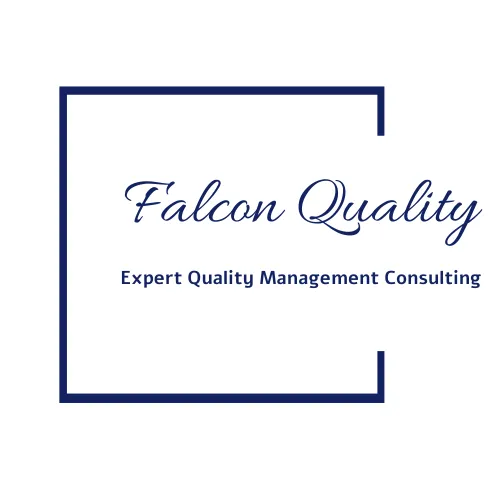
ISO9001 GAP Analysis Question 19 Are Processes delivering the expected outputs and does management review the data and opportunities for improvement.
To determine if your quality management system (QMS) complies with ISO 9001 section 5.3(b) and (c), focus on whether responsibilities and authorities for process outcomes and performance reporting are clearly defined, communicated, and understood across your organization. Here are the specific areas to review in your current system.
1. Responsibility for Process Outputs (5.3b):
You should first assess whether someone within your organization is specifically accountable for ensuring that each process delivers its intended output. Review your organizational structure and job descriptions to see if these responsibilities are clearly outlined for each role involved in critical processes. Look for documented responsibilities where process owners are tasked with meeting defined outcomes, such as quality targets or delivery schedules. If no one is formally assigned to monitor and ensure process outputs, or if the accountability is unclear, you may have a gap in meeting this requirement.
2. Reporting on QMS Performance and Opportunities for Improvement (5.3c):
Section 5.3(c) requires that someone has the authority and responsibility to report on the QMS’s performance and highlight opportunities for improvement to top management. Check if you have established a regular reporting process where key metrics—such as quality performance, customer satisfaction, and process efficiency—are reviewed and shared with top management. Evidence of this may include regular management review meetings, QMS performance reports, or presentations on improvement initiatives. If there isn’t a defined role for QMS performance reporting, or if reports are infrequent, this could indicate a need for improvement in your reporting structure.
3. Communication and Understanding Across the Organization:
Examine how well these responsibilities are communicated and understood by your staff. Ensure that individuals responsible for process outputs and reporting on QMS performance know their duties and understand how their role contributes to the overall QMS objectives. Communication tools like an organizational chart, responsibilities matrix, or documented process owner assignments can help clarify these responsibilities. If employees are unclear about their roles in ensuring process outcomes or reporting, this may suggest a gap in compliance with section 5.3.
4. Alignment with Improvement Goals:
Lastly, confirm that the assigned responsibilities support the broader goal of continual improvement within your QMS. This can be verified by checking if the individuals responsible for reporting on QMS performance regularly identify improvement areas and track progress against these goals. Evidence of improvement-oriented reporting shows that you’re not only meeting the requirement but actively using it to enhance your QMS.
By reviewing these elements, you can determine whether your QMS meets ISO 9001 section 5.3(b) and (c), or if there are areas where additional documentation, role clarification, or communication may be needed to ensure compliance.